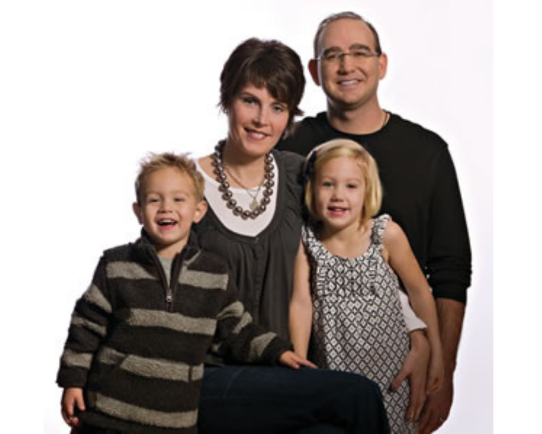Every two seconds, someone needs blood. And every patient is different.
While someone being treated for leukemia may need platelets, burn victims frequently need plasma. Red blood cells can mean the difference between life and death for a premature baby.
About Blood Components
Produced in the bone marrow, blood is typically collected as “whole blood” and then separated into its unique components: platelets, red cells, and plasma. Each can deliver a lifesaving benefit to someone in need.
These components can also be made as separate donations. Platelets, red cell, and plasma-only donations are made using a specialized process, much like a whole blood donation — it just takes a little longer. This means you can give more of the type of component that your blood type is most used for.
The Need is Constant
There is no substitute for blood. Blood components cannot be synthetically made and can only come from volunteer donors. It’s the blood on the shelves today that saves lives — which is why donors are needed to give regularly so that there is enough blood when a disaster or crisis occurs.
Get the Facts
About Blood Types
Often abbreviated ABO, blood types are inherited and fall into four groups or types: O, A, B, AB. Each blood type also is identified as either Rh positive or negative (the Rh factor being an inherited blood group on red blood cells).
Approximately 85% of the U.S. population is Rh-positive (i.e., O+, A+, B+, AB+). Those who do not have the Rh factor are Rh-negative (O-, A-, B-, AB-) and are less common. Donors and recipients must be safely matched by blood types.
Right Type for Your Blood Type
| If you are | % of U.S.' | You can give to' | You can receive from' | Donation type most needed |
|---|---|---|---|---|
O+ | 38% | O+, A+, B+, AB+ | O+/- | Double red cells, Platelets |
O- | 7% | All Blood Types | O- | Double red cells |
A+ | 34% | A+, AB+ | O+/-, A+/- | Platelets, Plasma |
A- | 6% | A+/-, AB+/- | O-, A- | Double red cells, Platelets |
B+ | 9% | B+, AB+ | O+/-, B+/- | Platelets, Plasma |
B- | 2% | B+/-, AB+/- | O-, B- | Double red cells, Platelets |
AB+ | 3% | AB+ | All Blood Types | Plasma, Platelets |
AB- | 1% | AB+/- | O-, A-, B-, AB- | Plasma, Platelets |
Lifesaving Blood Components
| What is it? | What does it do? | Whose lives are saved? | How long do they last? | How often can I donate? | When does my body replenish what I donated? | |
|---|---|---|---|---|---|---|
| Small colorless cell fragments in blood | Control bleeding | Leukemia and cancer patients, people undergoing cardiac surgery, burn victims, organ and bone marrow transplant recipients, and individuals with bleeding disorders | Donated platelets have a shelf-life of only 7 days | 24 times per year | Within a few hours of donating | |
| Disc-shaped cells that give blood its red color | Carry oxygen throughout the body | Premature infants, trauma victims, surgical patients, people battling cancer, sickle cell, kidney disease, and anemia | Donated red blood cells last 42 days | Whole blood, every 56 days Double red blood cells, every 112 days | 2-4 weeks | |
| A pale yellow mixture of water, proteins, and salts | Promotes clotting | Burn victims, cardiac surgery patients, liver transplant recipients, and patients suffering from shock or bleeding and immune disorders. Plasma not needed for transfusion may be made into other lifesaving products | Donated plasma can be frozen and stored for up to 1 year | 12 times per year | Within a couple of days |

